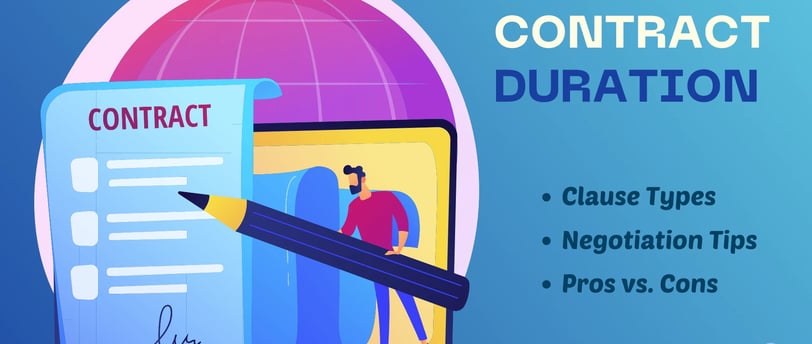Drafting time deadlines in Contract : By Mahim Dubey
Layman might think that this clause includes really small details which one generally assumes while thinking and communicating with others. But as explained above unlike the first clause drafted without attention to specific details mentioned in the blog, the final clause is clear, definite and free from ambiguities.
Mahim Dubey
10/7/20242 min read


Time deadlines are one of the most crucial elements of the Contract. The deadlines fix the period in which the promise has to be performed and also provide for the starting point of limitation period in case of dispute. Undoubtedly time clause is pertinent. But there are several questions which arise when we think about it.
Drafting time clause is quite easy. One may say that it’s as simple as saying I want the work in 2 months. What’s the big deal? Why should such a thing warrant serious attention? What happens when the time deadline itself is absent in a contract? I want everything to be done within my deadlines, so can I also make time the essence of my Contract? This is part 1 of the series of blogs which provides some of the answers.
Part – I - Easy but difficult: Common error to avoid while drafting time clause
Ben L Fernandez who teaches legal drafting in University of Florida, has dealt in detail with the fundamental aspects of time clause in his book titled, “introduction to contract drafting and practice”. In this blog the fundamentals as explained by him will be illustrated with help of a case study to explain the time aspect in contract drafting comprehensively.
Let’s start with the case study. Suppose A Wants B to construct a home theater in house for which payment will be made by him in 60 days. What is the problem in drafting the clause as, “payment for construction of home theater shall be made in 2 months’ period”?
For a layman this clause might appear as alright. But if seen closely it is filled with several ambiguities. Firstly, the clause doesn’t prescribe when does this time period of 2-months start? Whether it starts from first day of month or middle of the month. Secondly, not every month is 30 days long. April is 30 days but May is 31 days long. Does the clause specify a calendar month? Lastly, what does the term within specifies? Does it mean on or before or before?
In order to avoid these ambiguities, time clause can be constructed in following manner –
Firstly, mention the starting date. For example, the time period for payment shall start from the completion of construction of home theater.
Secondly, instead of using ‘months’ use ‘days’ as metric. For example, the payment shall be made in 60 days from the abovementioned time.
Lastly, instead of using the term ‘within’ use the phrase ‘on or before’. For example, the payment shall be made on or before the 60th day.
If all these changes are incorporated the final clause will look as follows –
“A shall pay B the agreed amount on or before the 60th day from completion of construction of home theater in A’s house by B.”
Conclusion
Layman might think that this clause includes really small details which one generally assumes while thinking and communicating with others. But as explained above unlike the first clause drafted without attention to specific details mentioned in the blog, the final clause is clear, definite and free from ambiguities. When we communicate with each other personally we don’t intend to create any legal implications by each expression we make. But when we draft a contract, we essentially define a legal relationship between two parties. Like the romantic love, contract drafting also has its own language. One needs a little attention to detail, general understanding of business and law to get it!
Mahim Dubey is a graduate of National Law University, Delhi, and specializes in corporate and contract law. As the co-founder of Drafting Chambers, he brings extensive expertise in legal drafting and has delivered lectures on the art of drafting contracts and agreements. =
